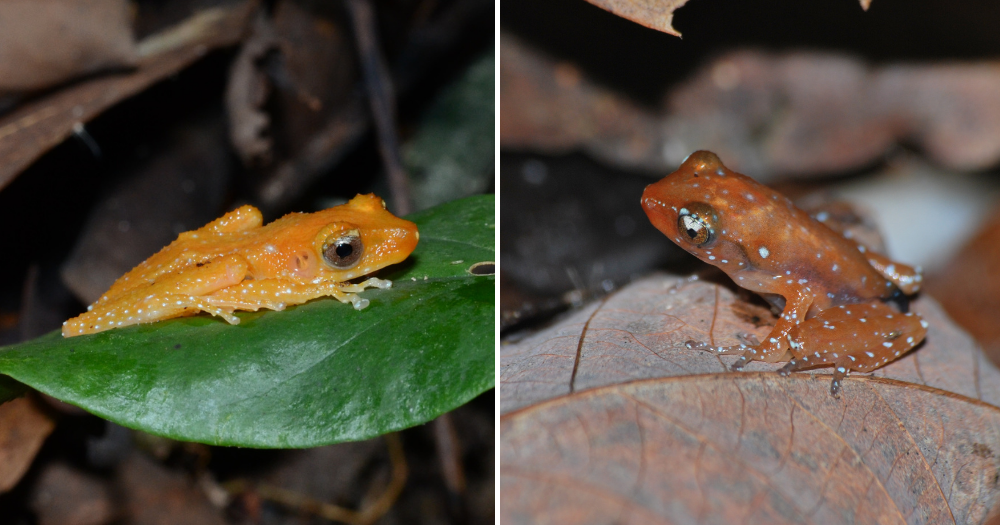If you spot a certain bright orange frog at the Singapore Botanic Gardens, these frogs are a new addition to the nature area.
The nocturnal Cinnamon Bush Frog is considered vulnerable according to the Singapore Red Data Book and previously, was mostly confined to Bukit Timah and Central Catchment Nature Reserves, and the surrounding nature parks.
To increase its population and expand its distribution to more forested areas, the small amphibians were recently introduced to the Botanic Gardens under the National Parks Board's (NParks) Species Recovery Programme.
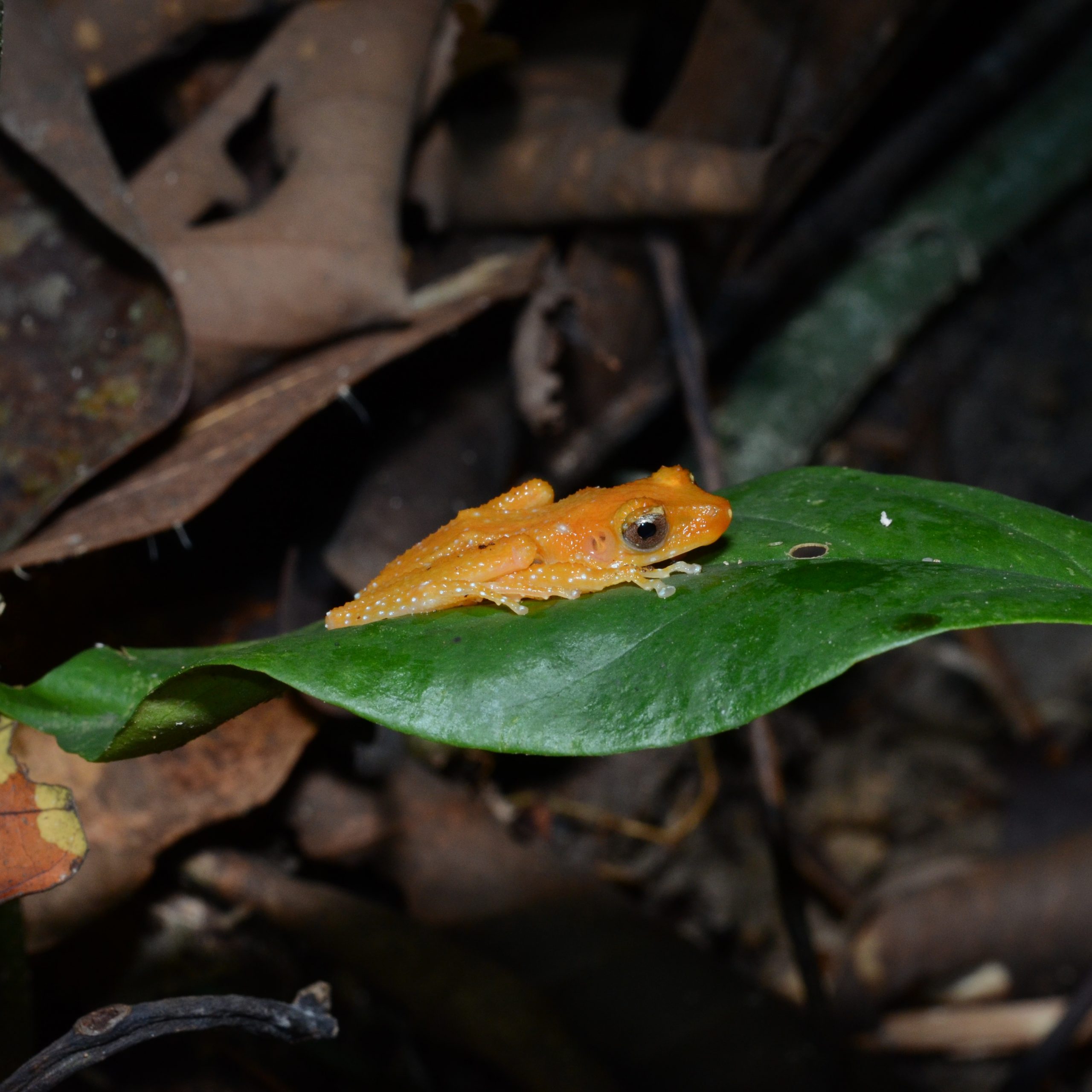 The Cinnamon Bush Frog can grow to about 3.5cm in size. That's slightly larger than a 50 cent coin. Photo by Daniel Ng via NParks
The Cinnamon Bush Frog can grow to about 3.5cm in size. That's slightly larger than a 50 cent coin. Photo by Daniel Ng via NParks
Installing artificial habitats for the frogs
A suitable pilot site was identified at the Botanic Garden's Rain Forest area, which is one of the last remaining primary forests in Singapore.
The forested area has a multi-layered ecosystem of ferns, herbs, climbers, shrubs and trees, as well as a high canopy cover.
The canopy cover helps to lower the temperature of the environment and keep it cool and humid, which are optimal conditions for the Cinnamon Bush Frog.
To ensure the environment is suitable for the species, artifical phytotelms — water cavities in trees or fallen rotting logs — were installed in the Rain Forest area to provide the frogs with a suitable habitat.
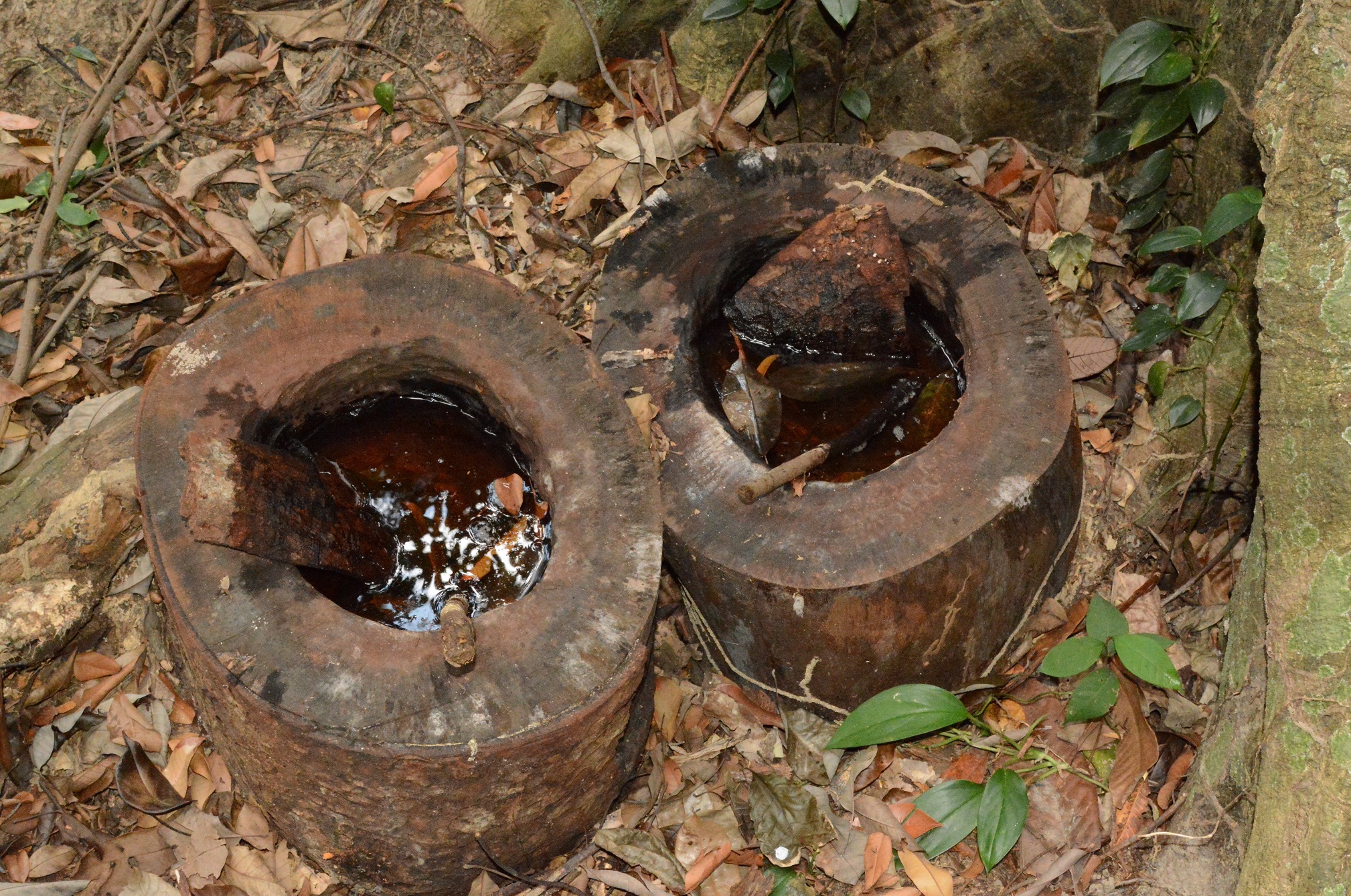 Photo by Daniel Ng via NParks
Photo by Daniel Ng via NParks
During the pilot, which lasted from Dec. 2017 to Mar. 2018, seven adult Cinnamon Bush frogs and 40 tadpoles were released into the Rain Forest, NParks told Mothership.
Researchers had monitored the nature reserves and parks for tadpoles and adult frogs before carefully translocating some to the Botanic Gardens.
The Botanic Gardens population was subsequently monitored regularly to make sure the area remained conducive for the frogs to breed and survive.
Successful pilot
The pilot was a success — the frogs began breeding a few months later and eggs and new tadpoles were observed in some of the artificial phytotelms.
NParks observed that since then, the frogs have been breeding regularly, and their distribution within the Rain Forest has expanded.
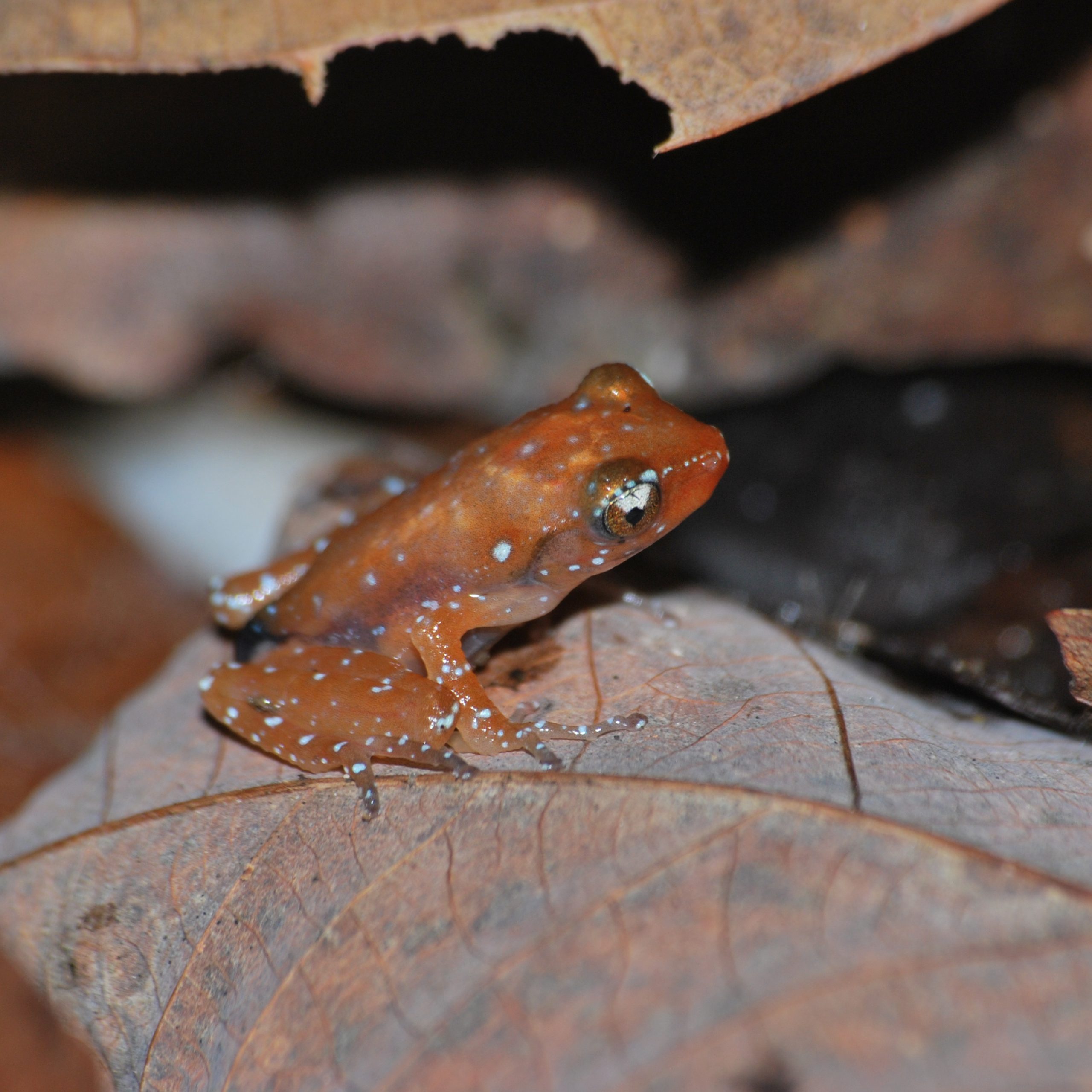 Cinnamon Bush Frog froglet. Photo by Daniel Ng via NParks
Cinnamon Bush Frog froglet. Photo by Daniel Ng via NParks
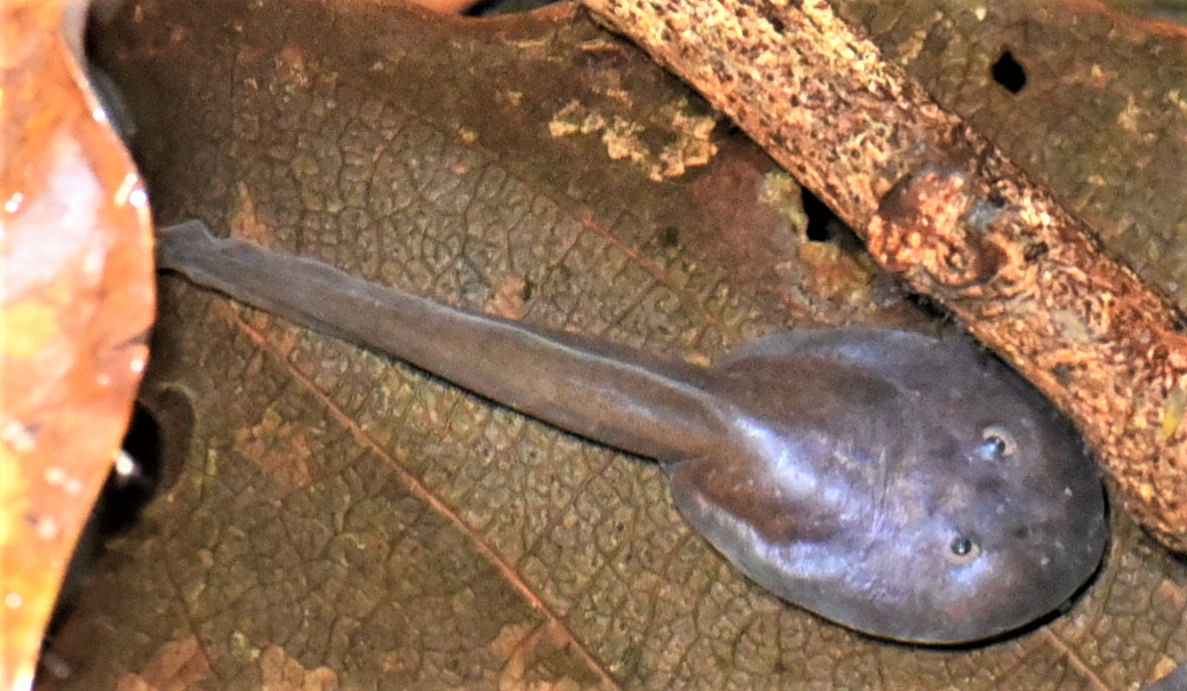 Cinnamon Bush Frog tadpole. Photo by Daniel Ng via NParks
Cinnamon Bush Frog tadpole. Photo by Daniel Ng via NParks
Currently, NParks is still monitoring the population regularly, and plan to continue introducing the species to other suitable sites in Singapore to "safeguard its future survival".
Conserving native wildlife
Amphibians are natural biological indicators of the 'health' of an environment, as they are highly sensitive to environmental changes.
"Its successful introduction into our forest is an encouraging sign of not just the future survival of this vulnerable species, but also health and survival of Singapore’s natural ecosystem," said Group Director of the National Biodiversity Centre, Lim Liang Jim.
Thus far, the Species Recovery Plan includes other rare species like the Singapore Freshwater Crab and the Straw-headed Bulbul.
The plan was first introduced in 2015 as part of the Nature Conservation Masterplan, which outlines the agency's plans to coordinate, strengthen and intensify Singapore's biodiversity conservation efforts.
It aims to conserve native flora and fauna that are endemic (native to and found only in Singapore), rare or threatened here.
Over the next 10 years, NParks will implement species recovery plans for over 70 more native plants and animal species, restore 30 hectares of forest, marine and coastal habitats, and enhance habitats in at least 50 per cent of Singapore’s gardens, parks and streetscapes.
Top photo by Daniel Ng via NParks
If you like what you read, follow us on Facebook, Instagram, Twitter and Telegram to get the latest updates.
